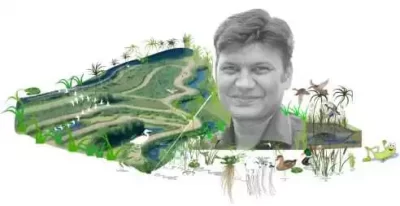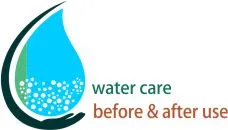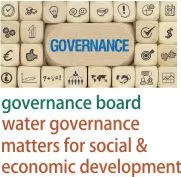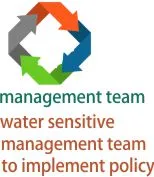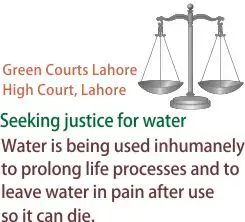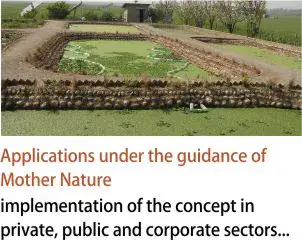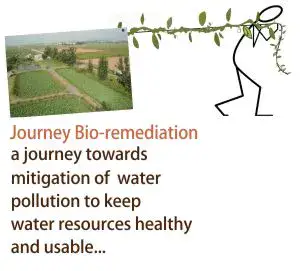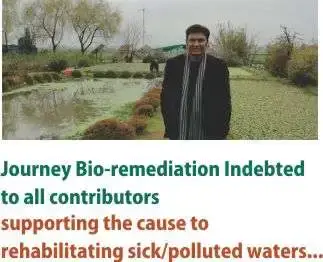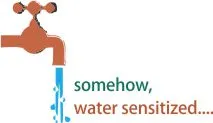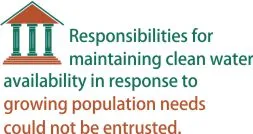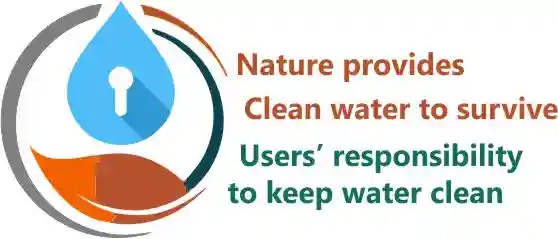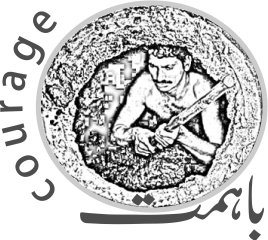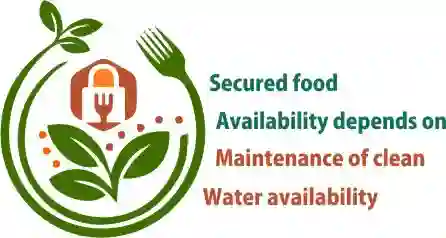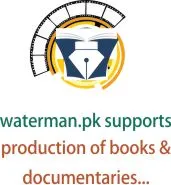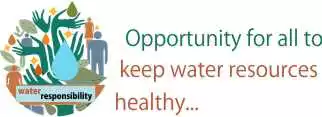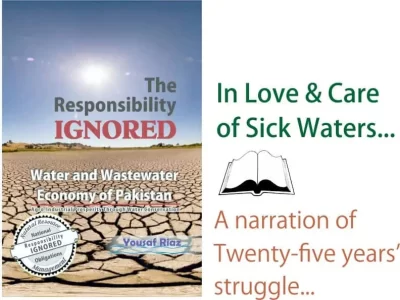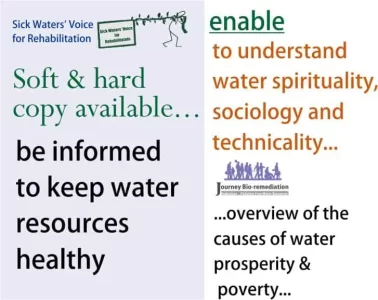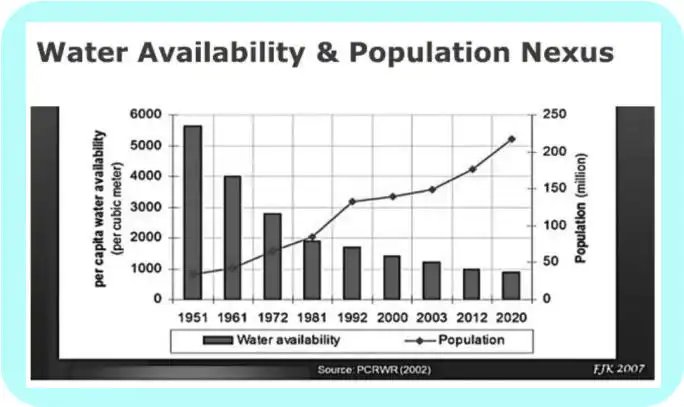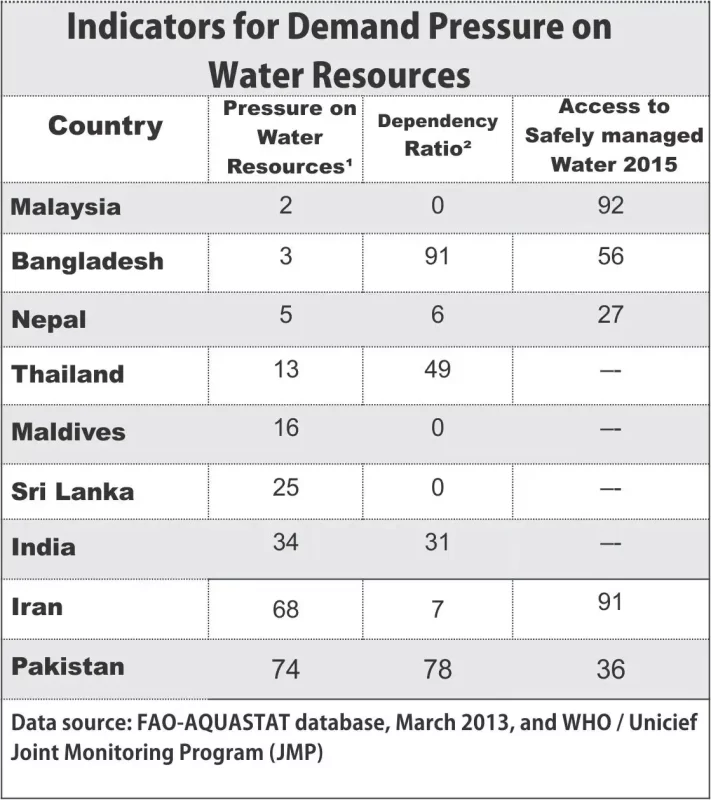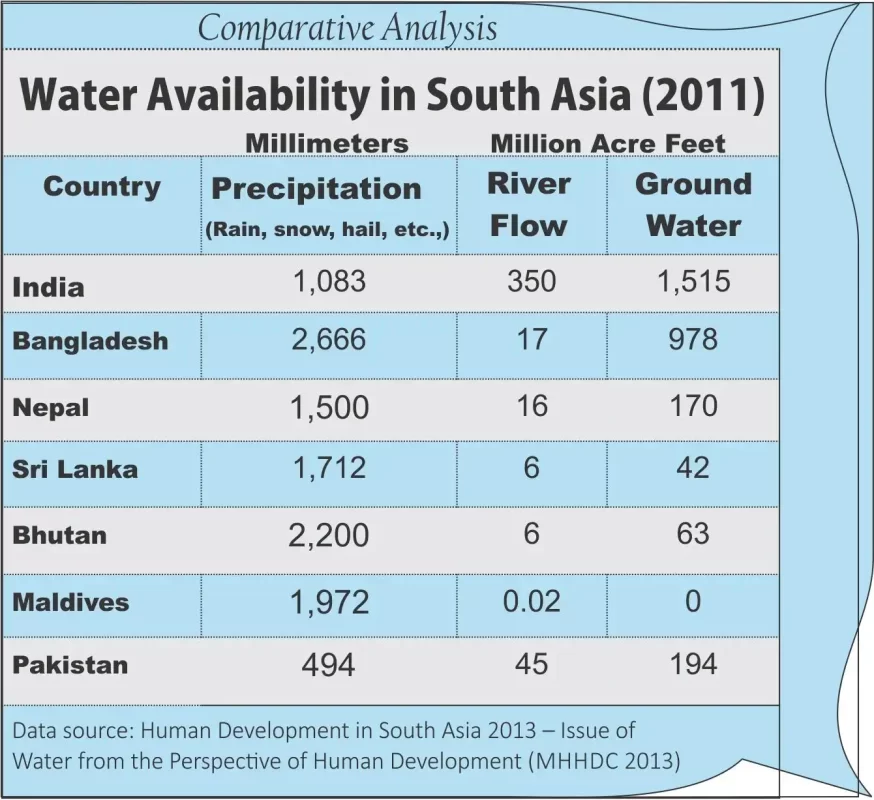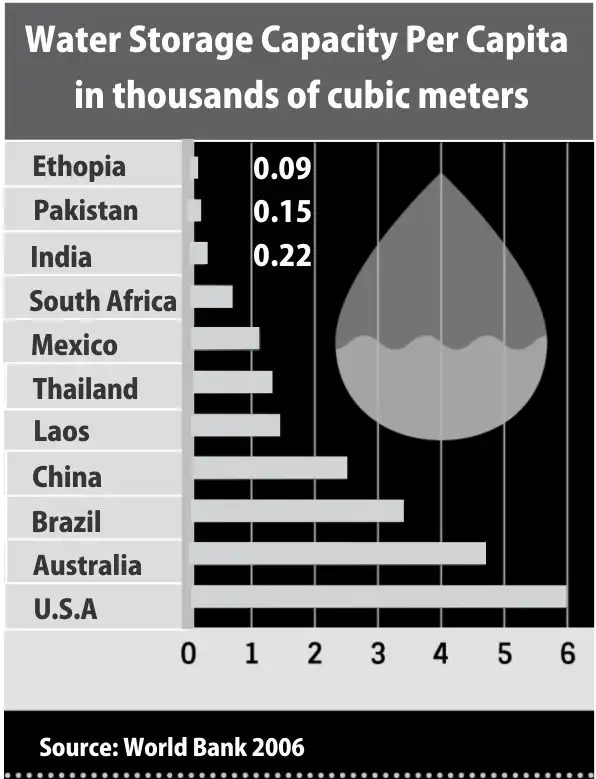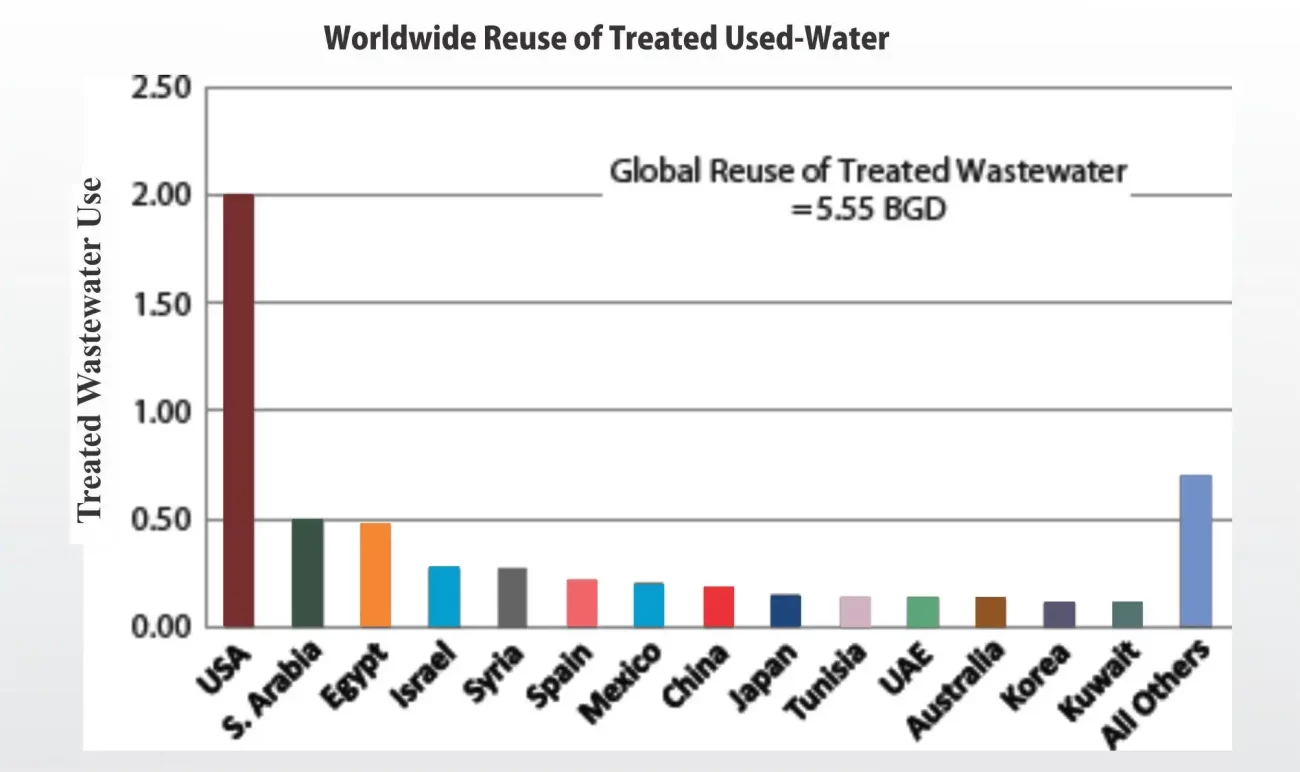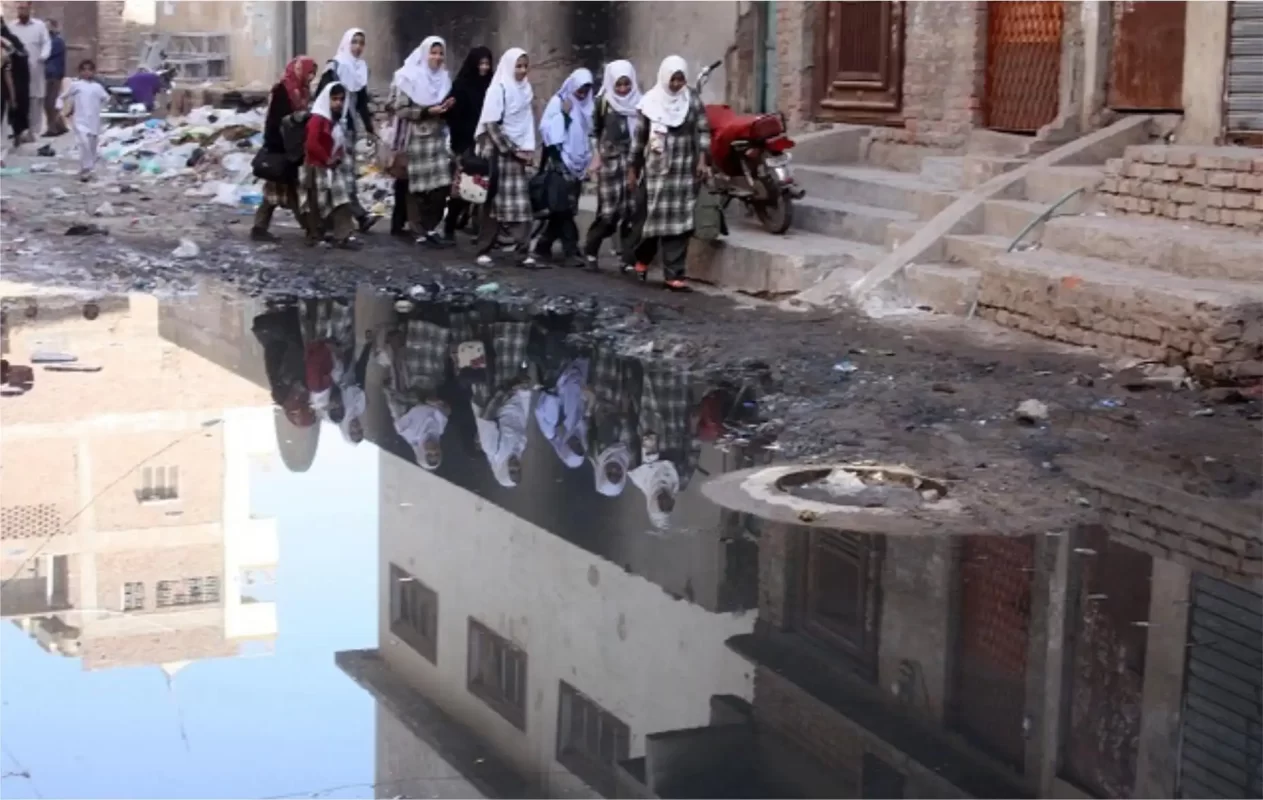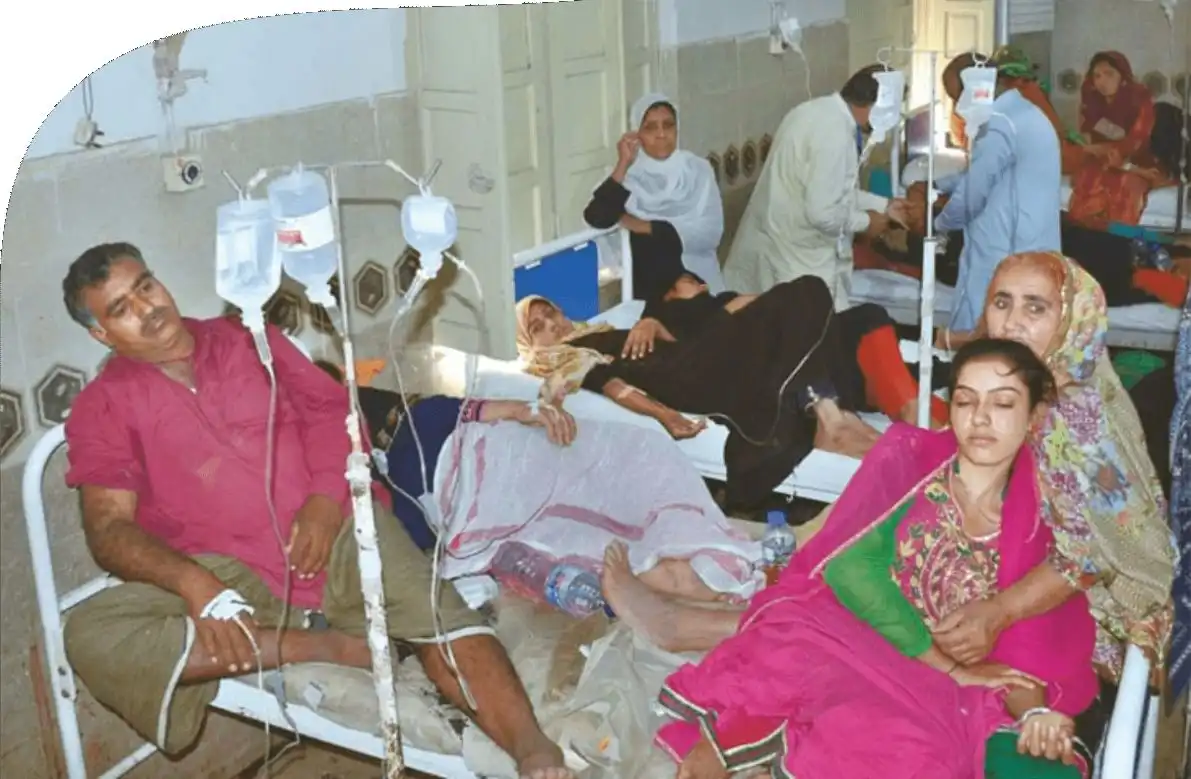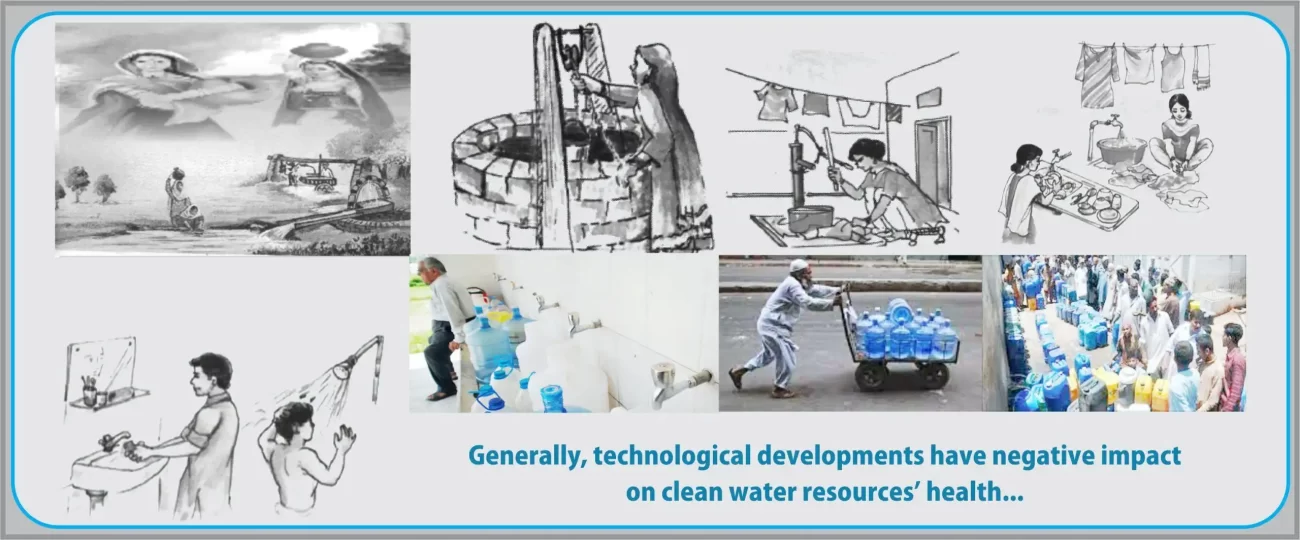

Technological Advancement and its Impact on Water Purity
It is commonly observed that developing countries import or develop hi-tech machines for water extraction
but do not import or develop advanced machinery or technology for contaminated water treatment/rehabilitation.
...clean water leaves that place where people do not care...

...Mother Nature granted the ability to Water; respond to change...
Pakistan Water Management Story (PWMS)
Since Independence
Water Prosperity to Water Poverty
Since 1947, after the independence, Pakistan water economy was robust concerning per capita clean water availability (5000 cubic meter); unfortunately, this water prosperity could not be maintained. Within a couple of decades, just after the independence, there were strong indications of weaknesses in managing national water resources. Consequently, the per capita water availability is reduced to less than 1000 cubic meters per person in 2018, taking from water scarcity to absolute water scarcity. It is challenging and painful to overview Pakistan’s brittle water economic situation; it is full of many ignorances (s) / negligence (s) and gaps in managing the world’s most arid country. Pakistan has the world’s fourth-highest rate of water use. Its water intensity rate – the amount of water, in cubic meters, used per unit of GDP – is the world’s highest. It suggests that no country’s economy is more water-intensive than Pakistan’s. The population and the economy are heavily dependent on an annual influx of water into the Indus River system that emanates from the neighbouring countries and is derived chiefly from rainfall and snowmelt in the Himalayas. People have adapted to the low and poorly distributed rainfall by either living along river banks or carefully husbanding and managing local water resources throughout history. In the nineteenth century, the advent of large scale irrigation technology decisively shifted the balance between man and water. In the twentieth century, Pakistan faced several political and natural challenges to its water economy.



Turning Points in the
Water Management Story of Pakistan
According to the International Monetary Fund (IMF), Pakistan ranked third among the countries facing severe water shortage. In May 2018, the Pakistan Council of Research in Water Resources (PCRWR) announced that by 2025, there will be very little or no clean water available in the country (Shukla 2018). It must be noted that while per capita availability in the 1950s was approximately 5000 m3 per annum, it has now declined to below 1000 m3, which is an internationally recognized threshold of water scarcity (Aziz et al. 2018). Currently, only 20% of the country’s population has access to clean drinking water. The remaining 80% populations depends on polluted water primarily contaminated by sewerage (fecal, total coliforms, E. coli colonies), and secondarily by fertilizer, pesticides, and industrial effluents (Daud et al. 2017; Sahoutara 2017). Such water pollution is responsible for approximately 80% of all diseases and 30% of deaths (Daud et al. 2017). In the dried-out pipeline, a single E. coli bacterium can multiply into trillions in just a week (Ebrahim 2017), and such pipes are used for the water supply without any treatment. Consuming such polluted waters has not only resulted in the death of several people, but also cause bone and teeth diseases, diarrhea, dysentery, typhoid, hepatitis, cancer, and other waterborne diseases (Daud et al. 2017). According to World Health Organization (WHO), waterborne diarrheal diseases are responsible for over 2 million deaths annually across the world, with the majority occurring in children under 5 years (WHO 2018). (Ghulam Nabi et al. 2019)
Water Abundance to
Water Stress
1947-1981
Population
34 to 84.25 Millions
Freshwater availability
5100 to 1700 CM Per Capita

Water Stress to
Water Scarcity
1981-2003
Population
84.25 to 148.21 Millions
Freshwater availability
1700 to 1100 CM Per Capita

Water Scarcity to
Absolute Scarcity
2003-2020
Population
148.21 to 207.7 Millions
Freshwater availability
1100 to 865 CM Per Capita
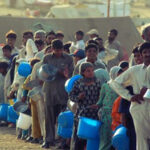
Pakistan could not demonstrate an appropriate approach towards managing its natural resources including freshwater sources. Pakistan’s rivers are badly polluted, and its aquifers are severely stressed due to the unregulated and reckless use of groundwater for irrigation purposes.
Taking into consideration the drought-hit deaths of approximately 1832 children in the last 4 years (The Newspaper’s Staff Reporter 2018), drying lakes (Ali 2015), rivers (Channa 2010), lowering water table, excessive use of water, lack of storage mechanism, population explosion, and climatic changes warrant serious attention (Kirby 2018). Furthermore, the lack of sound national water policy, lack of federal and provincial government’s interest, water conflict between nuclear-armed Pakistan and India (Kirby 2018), deforestation, the overwhelming potential threat to the country’s glacier reserves (Nabi et al. 2017, 2018), and the poor water supply will likely negatively affect agriculture, ecology, and local biodiversity. The wildlife has already entered the red zone (Shaikh 2018) and can possibly turn into human crisis with the danger of large-scale regional migration of people due to drought-like situation. We have recommended some suggestions that could possibly help the people of Pakistan to get rid of water shortage and pollution, maintain an ecology, improve agriculture, and conserve local biodiversity.
Pakistan is headed toward a serious water crisis. By 2030, experts expect this semiarid nation to decline from being water stressed to water scarce. Because of overuse and misuse, the country is facing declining water availability and quality, growing water pollution, and overall environmental insecurity. In addition, its water and security nexus is complicated by institutional inadequacies, a monochromatic supply-side vision, and a lack of substantive public participation in defining and solving problems. (Daanish Mustafa et al. Understanding Pakistan's Water -Security Nexus, US Institute of Peace, 2013)
Water shortages may well pose the greatest future threat
to the viability of Pakistan’s economy.
...water Variables that Matter...
Water is an essential component for the existence of life on earth. Keeping an abundance of water means maintaining people's health and a vibrant economy. There are a variety of variables that indicate the appropriate management of water resources. In cases where these variables do not meet international standards, it shows the ignorance of one's inclusion in the list of nations with welfare economies.
"Any delay in reforms would only compound the concerns as the water deficit would expand on account of growing demand (stemming from population growth, urbanisation and economic development) and a decline in available supplies (owing to pollution and climate change)," the central bank said in a special section of its Annual Report on the State of Economy for 2016-17.
The focus of reforms should be on improving efficiency in water consumption and management and
building the capacity of relevant regulatory institutions.
Happy and Healthy Waters Stay Longer
How have the Nations been Behaving to Host Maximum Water in their Countries from 1947 to 2018?
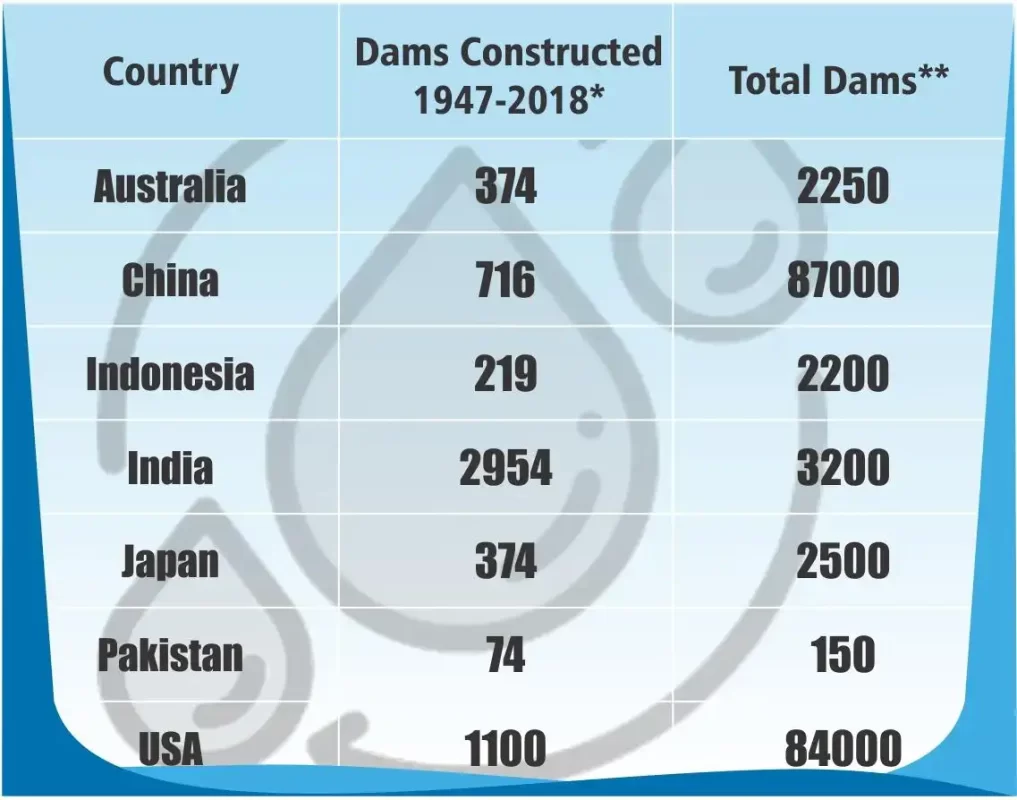
Water storage may not be new, but increasing climate and water resources variability (including extremes like droughts and floods), continuous population growth, controversy surrounding development of traditional storage, increasing sensitivity to environmental issues globally, and general understanding of the need to find ways for buffering variability in the future for food security reasons keep the issues of water storage development firmly on the development agenda. This is despite the fact that storage-related issues may vary between developed and developing countries. Projected increases in magnitude and frequency of water-related extremes with climate change and reduced natural storage associated with wetlands, groundwater floodplains, glaciers and snow amplify these problems. Water storage, in its various forms, provides a mechanism for dealing with water resources variability. If planned and managed correctly, it could increase water and energy security, food production, and overall adaptive capacity of nations and regions. Various water storage options should be considered, such as rainwater harvesting, soil water storage, ponds, reservoirs, and groundwater banks to store water from times of excess for potable water use, electricity generation, and irrigation during droughts.
Mother Nature demonstrates different forms of storing water.
It includes the formation of natural lakes, glaciers, underground storage, etc.
Humans can store or host water on the earth's surface or beneath it, and the preservation
of a healthy natural environment can keep water in the form of glaciers.
...sensitivity to rehab sick waters...
In Pakistan, domestic and industrial wastewater is either discharged directly to a sewer system, a natural drain or water body, a nearby field or an internal septic tank. Mostly, this wastewater is not treated and none of the cities have any biological treatment process except Islamabad and Karachi, and even these cities treat only a small proportion (<8%) of their wastewater before disposal. The wastewater used for irrigation is valued by farmers, mainly because of its nutrient contents and reliability of supply and exert positive impacts on agriculture land values, households, monthly income and employment due to reuse of wastewater despite of the ill effects of wastewater irrigation on soil physical and chemical properties in addition to contamination of human food chain and related health risks. Limited information is available in this regard.
As per official data, about 4.36 billion m3 (BCM) wastewater
gets generated every year, of which 1.30 BCM is industrial
wastewater, while 3.06 BCM is domestic water. Currently,
not even 1% of the total wastewater
gets treated prior to its disposal.
Total Economic Impacts
Poor Sanitation & Used-Water Treatment
Development Variables Affecting Societal Growth

The Economic impacts of inadequate
satiation in Pakistan. WSP World Bank (2006)
Economic Productivity Loss
Breakdown of health costs
Due to productivity loss, by type of illness

The Economic impacts of inadequate
satiation in Pakistan. WSP World Bank (2006)
Water is life and plays a significant role in the survival of humans and natural resources. The terminology of wastewater does not match the prescribed attributes of water. When humans, animals, or plants have any infection or irregularity, they are called sick and need treatment and rehabilitation. After using water as its living identity, the plant also got sick when impurities were added to clean water.
Water should be treated like other living forms.
....the Turning Point...
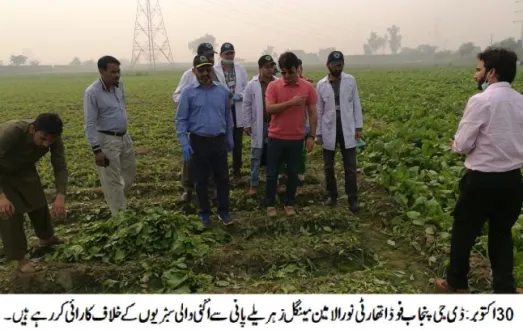
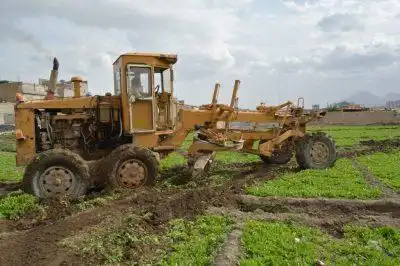
Need to addressing
the Root Cause
The root cause is not addressed at the strategic level to treat water by the public authorities like WASA and other institutes discharging a significant amount of polluted waters. EPAs and other regulatory authorities impose laws only on small farmers, housing schemes, and other vulnerable business concerns.

Who will sensitize the governance and people to
feel the pain of sick waters and the people
affected by using these waters?
(Should be Addressed)




